Black Bamboo Info: Tips On Growing Black Bamboo
While beautiful, black bamboo is of the "running" variety. Plan ahead before you plant this fast grower, and expect it to spread rapidly. You may want to keep it as a pretty container plant.
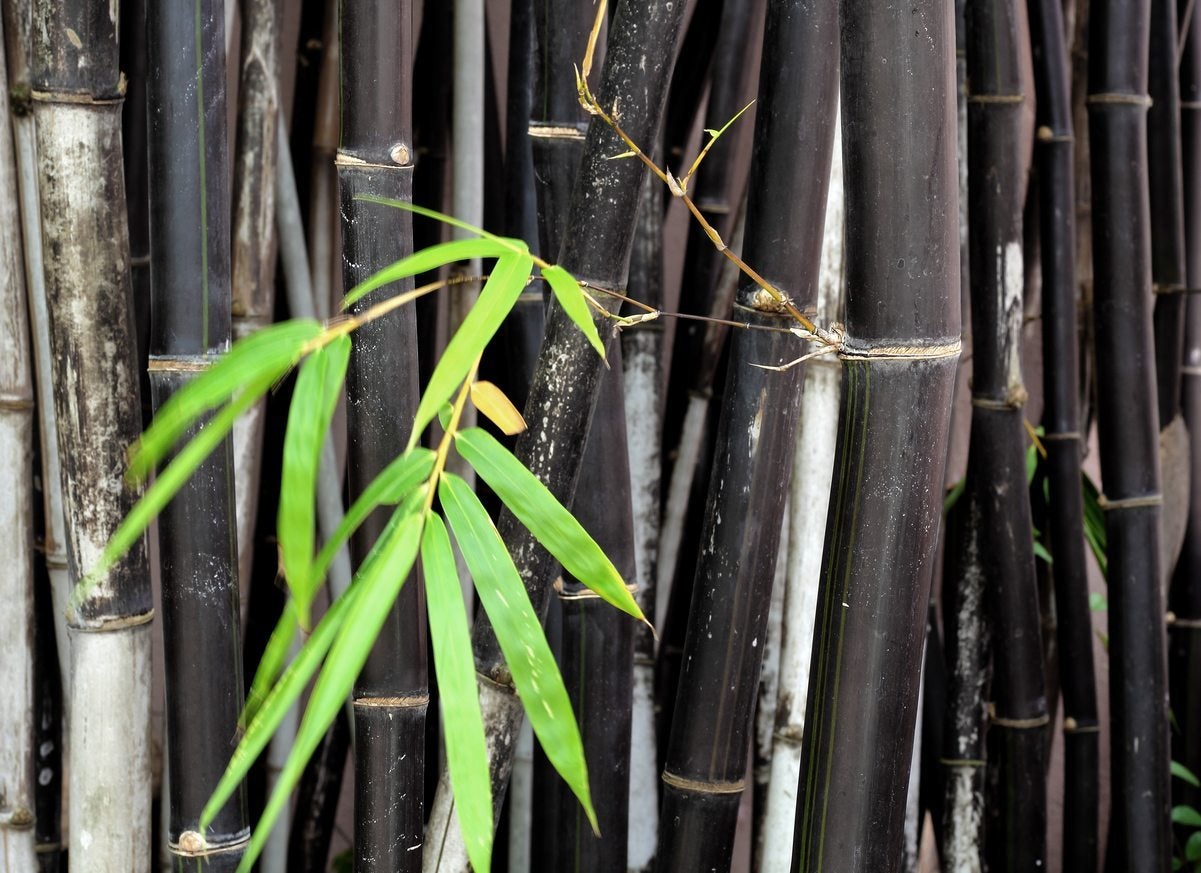
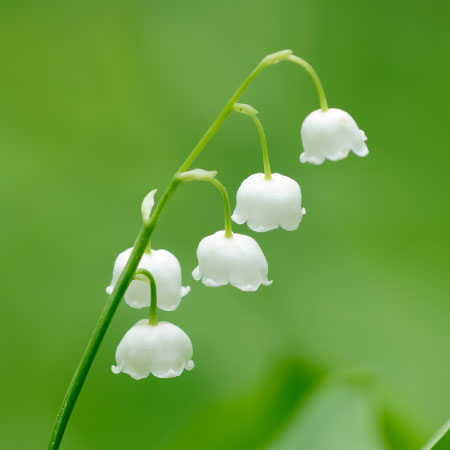
Caroline Bloomfield
Bamboo holds the world record for being the fastest growing plant. This is welcome news for the impatient gardeners among us – or is it?
While bamboo provides the instant gratification of being a fast grower, some varieties of bamboo can become very invasive and grow out of control.
Is black bamboo invasive? Read on for the answer and learn how to care for black bamboo plants in the garden.
Is Black Bamboo Invasive?
There are several varieties of bamboo with black culms (stems) and over 1,200 species of bamboo in general. Phyllostachys nigra, or "black bamboo," has the potential to be very invasive.
This Chinese native is classified as a running bamboo, meaning it spreads quickly by underground rhizomes. However, with some foreknowledge about black bamboo you can learn how to minimize its invasiveness.
How to Care for Black Bamboo Plants
Uses For Black Bamboo
Running bamboo types, such as black bamboo plants, are ideal for creating a dense hedge or privacy screen. Your plants should be placed 3 to 5 feet (1-1.5 m.) apart for this purpose. However, you will probably only want to consider growing black bamboo if you have a very sizable area for it spread out.
If all of this seems too daunting or if you have minimal garden space, then remember this black bamboo information: black bamboo, like other types, can also be enjoyed as a container plant.
Gardening tips, videos, info and more delivered right to your inbox!
Sign up for the Gardening Know How newsletter today and receive a free copy of our e-book "How to Grow Delicious Tomatoes".
Controlling Black Bamboo
There are many strategies you could employ to contain the size of a bamboo grove, such as root pruning or even a root barrier. If you're opting for a root barrier, install the barrier at least 36 inches (91 cm) deep between the bamboo grove and the rest of your property. Use materials in the trench that are impenetrable, such as rolls of fiberglass or 60 mil polypropylene. The barrier itself should protrude 2 inches (5 cm) above the ground to discourage any wayward rhizomes.
How to Grow Black Bamboo
Black bamboo's highly ornamental culms transition from green to ebony black by the third year of growth. Therefore, some patience is required to witness this bamboo in its full black splendor.
Planting Zone Black bamboo is also regarded as being the hardiest of all the bamboo species with a USDA zone rating of 7 to 11. In terms of size, black bamboo is capable of reaching heights of 30 feet (9 m) with the girth of its culms being at least 2 inches (5 cm).
Light The leaves of black bamboo are evergreen, bright green, and lanceolate in shape. Black bamboo can grow under varying light conditions, from full sun to partial shade.
Water Black bamboo plantings should be watered regularly until they are established. Consider adding mulch around the base of your bamboo plants to retain moisture.
Soil Black bamboo prefers soil that is characteristically moist and loamy with a soil pH ranging from highly acidic to slightly alkaline.
Fertilizer Fertilizing is not mandatory for growing black bamboo, but you can opt to do so in mid to late spring with a fertilizer high in nitrogen.

Shelley Pierce was a writer for Gardening Know How, contributing to hundreds of articles for the site.
- Caroline BloomfieldManager of Marketing Communications
-
 Looking For Plants To Give You The Soft And Fuzzies? Try These 5 Fuzzy Leaf Plant Options
Looking For Plants To Give You The Soft And Fuzzies? Try These 5 Fuzzy Leaf Plant OptionsLovers of texture, drama, silver foliage and tactile plants will adore these special sensory garden additions. These fuzzy leaf plant options will leave you all aglow
By Susan Albert
-
 Get Ready For A Summer Of Hummers! Grow These Full Sun Hummingbird Plants and Flowers
Get Ready For A Summer Of Hummers! Grow These Full Sun Hummingbird Plants and FlowersIf you’re lucky enough to enjoy a sunny backyard, make sure you are maxing out on your pollinator opportunities and grow these full sun hummingbird plants and flowers
By Tonya Barnett
-
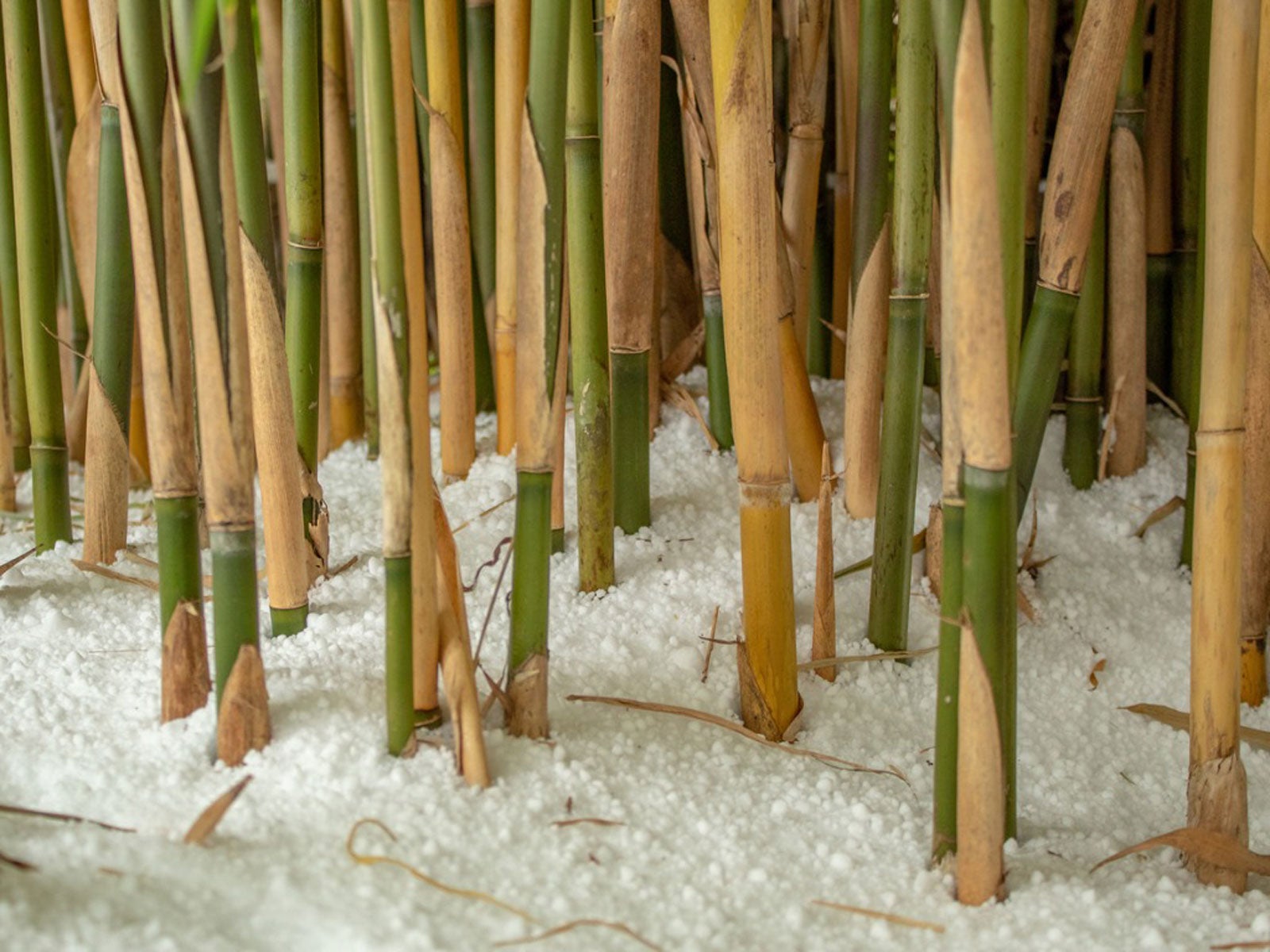 Bamboo Winter Care – How To Winterize Bamboo Plants
Bamboo Winter Care – How To Winterize Bamboo PlantsWinterizing bamboo is important to facilitate continued growth again in spring. Click here to get some tips for your bamboo during winter.
By Becca Badgett
-
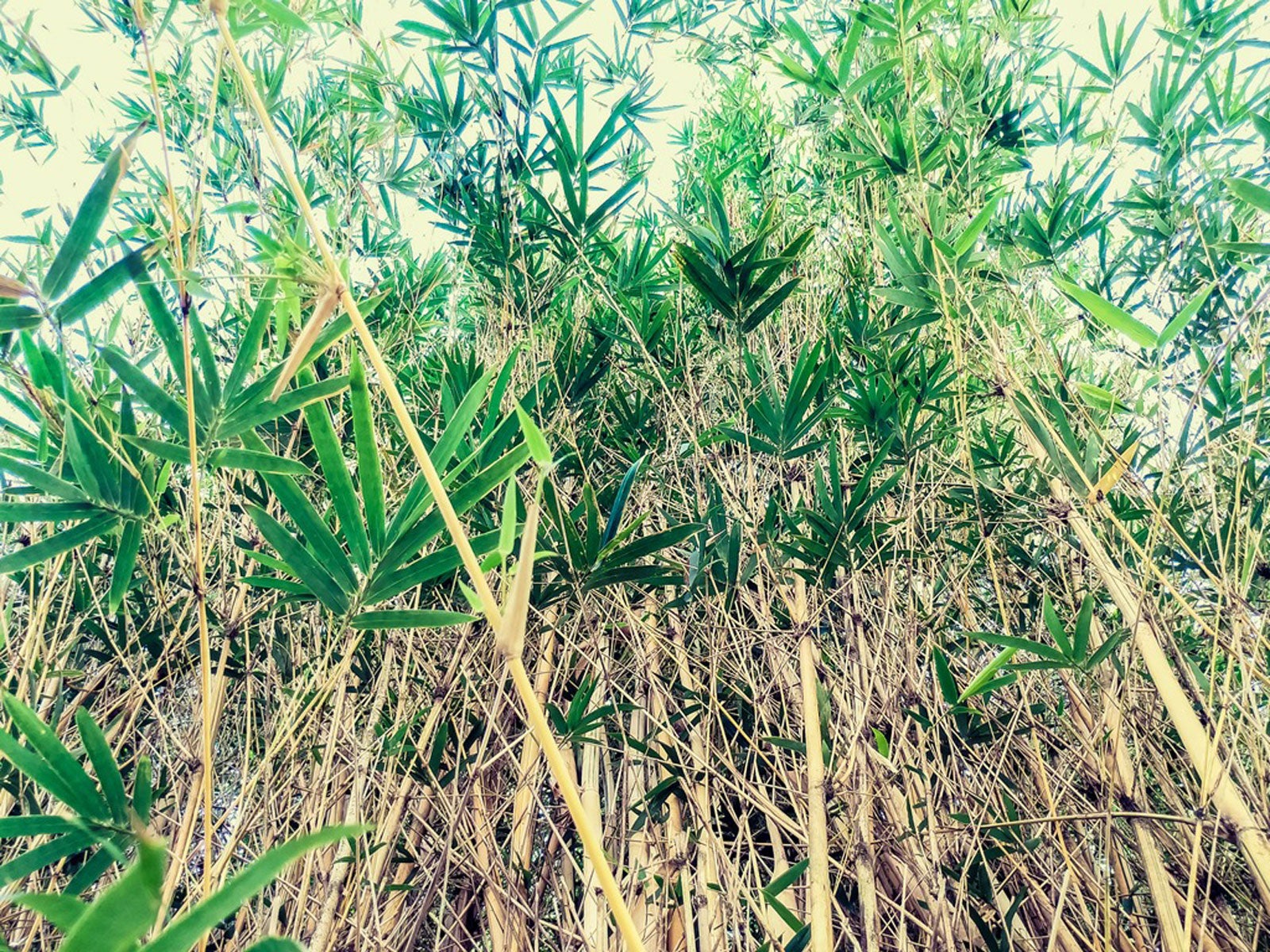 Desert Bamboo Varieties – Growing Bamboo In The Desert
Desert Bamboo Varieties – Growing Bamboo In The DesertGrowing bamboo in the desert or finding one desert climates starts with the right plant selection. Click here for choices that do well in arid climates.
By Becca Badgett
-
 Large Bamboo Division: Learn When To Split Potted Bamboo Plants
Large Bamboo Division: Learn When To Split Potted Bamboo PlantsBamboo plants are wonderful plants to grow in pots. Many varieties are invasive when planted in the ground, so growing them in pots is a great solution, but they will grow pretty quickly and can be a challenge to repot. This article can help with that.
By Raffaele Di Lallo
-
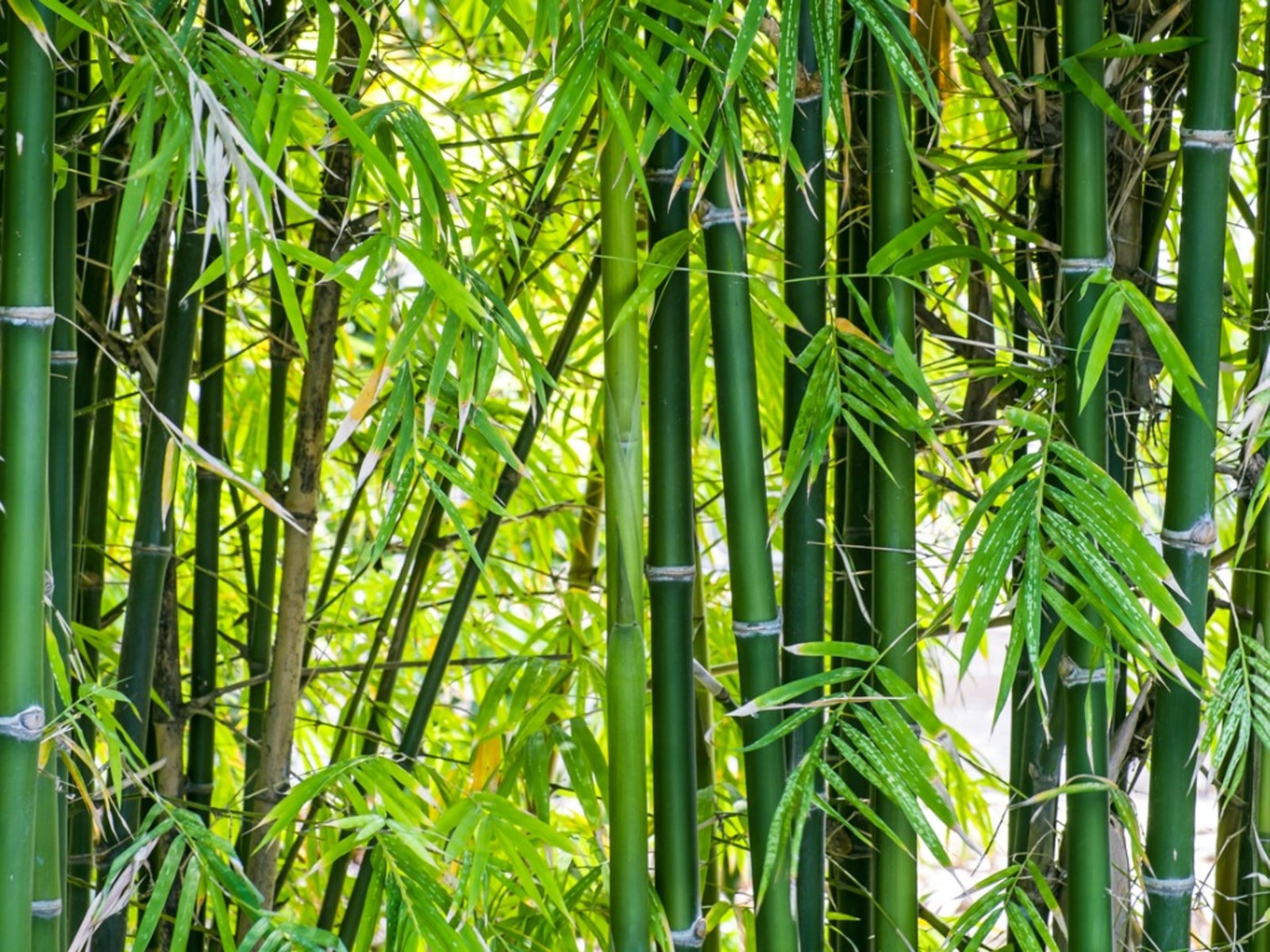 Bamboo Mite Information – Learn How To Kill Bamboo Spider Mites
Bamboo Mite Information – Learn How To Kill Bamboo Spider MitesWhat are bamboo mites? Native to Japan, bamboo mites are troublesome little pests that feed on bamboo and a few grasses in the bamboo family. Managing bamboo mites isn?t easy, but it?s possible. You can learn more about bamboo mite control in the following article.
By Mary H. Dyer
-
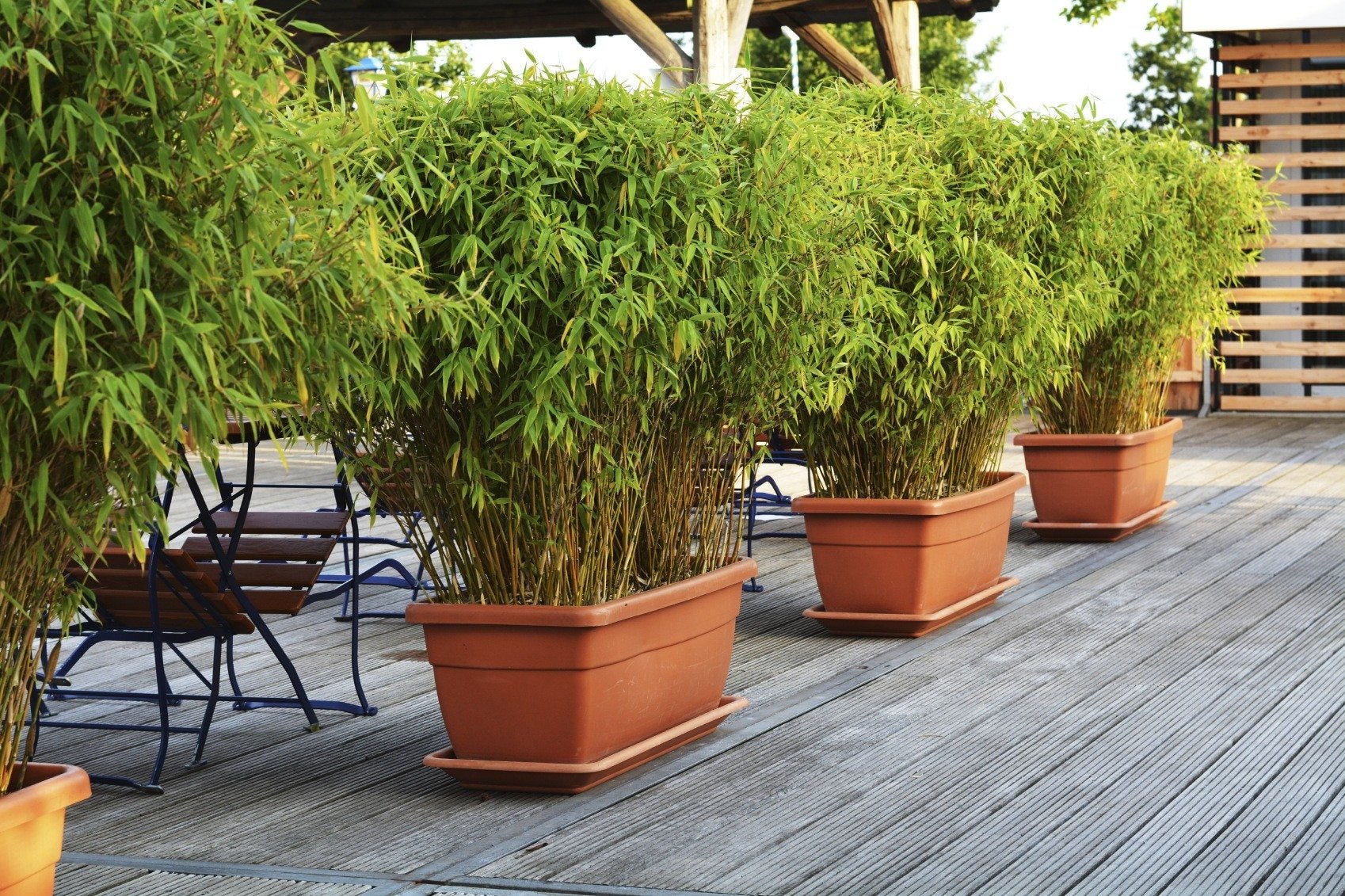 Growing Bamboo In Pots: Can Bamboo Be Grown In Containers
Growing Bamboo In Pots: Can Bamboo Be Grown In ContainersBamboo gets a bad rap. There's one surefire way to prevent their rhizomes from getting all over your yard: growing bamboo in pots. Click this article to learn more about container grown bamboo and caring for bamboo in pots.
By Liz Baessler
-
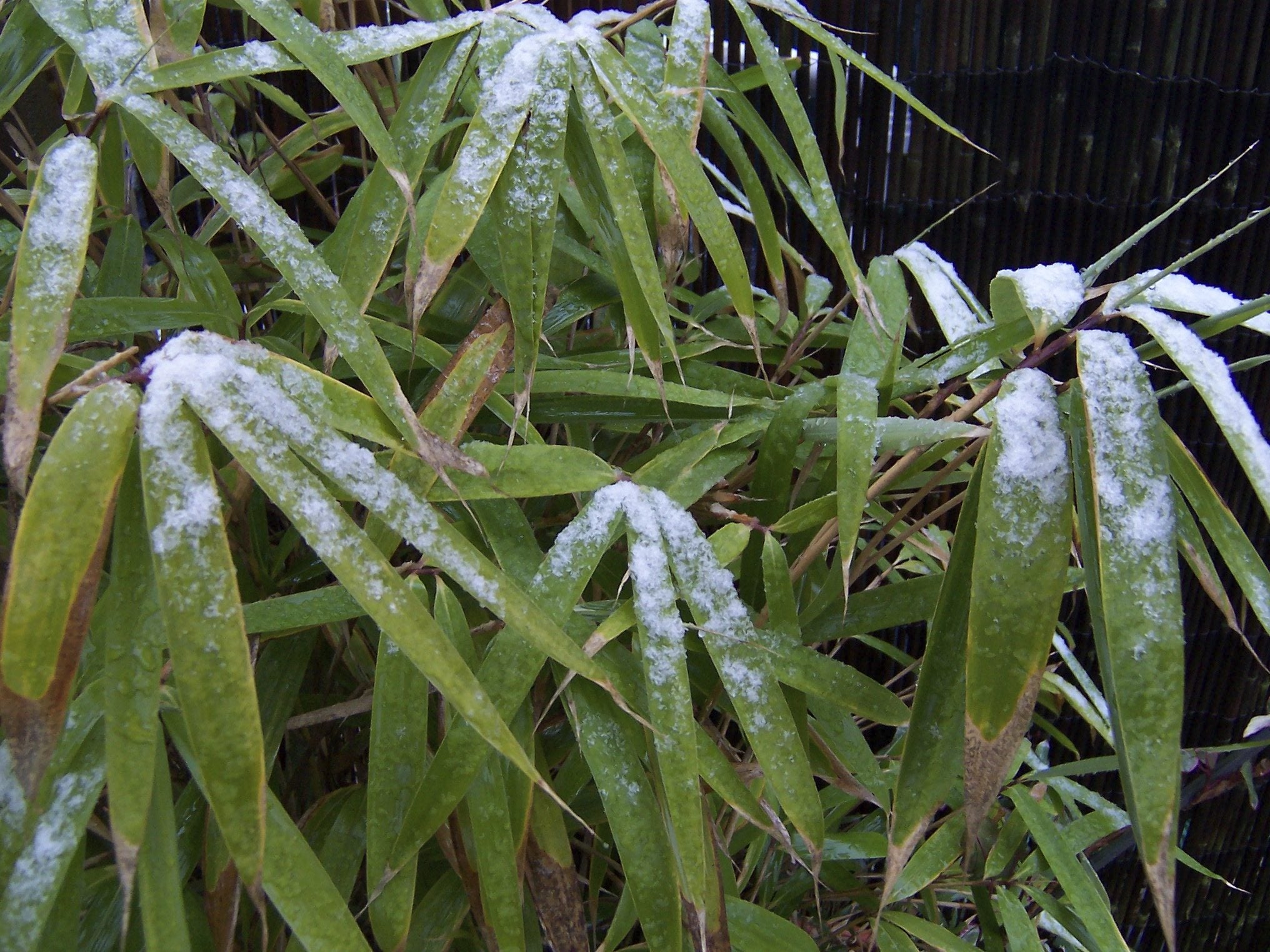 Bamboo With Brown Tips: Reasons Why Bamboo Plant Tips Are Brown
Bamboo With Brown Tips: Reasons Why Bamboo Plant Tips Are BrownMy bamboo is turning brown; is that normal? The answer is - maybe, or maybe not! If you?re noticing your bamboo plant tips are brown, it?s time to do some troubleshooting to determine the cause. This article can help with that.
By Mary H. Dyer
-
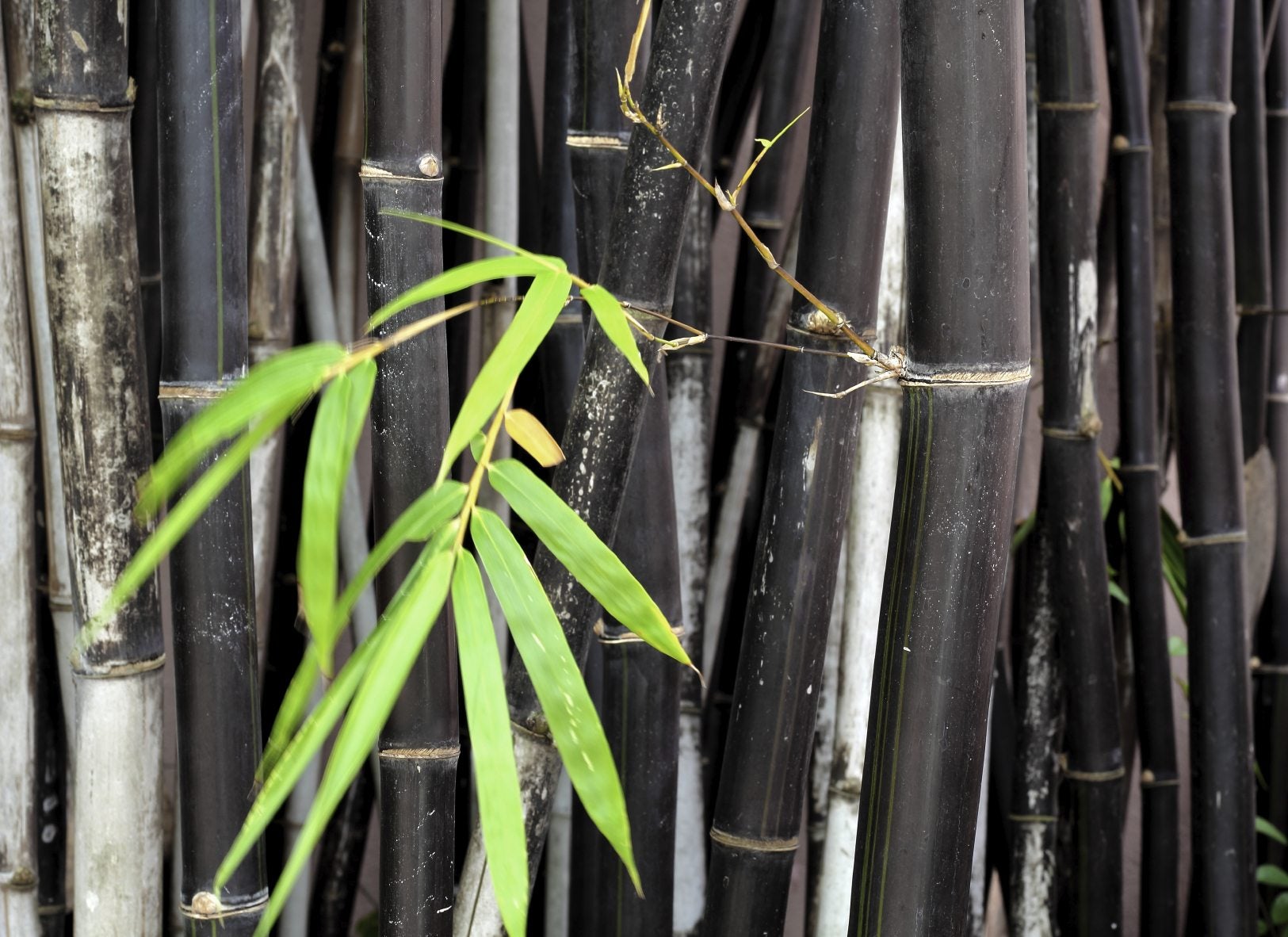 Bamboo Plant Types – What Are Some Common Bamboo Varieties
Bamboo Plant Types – What Are Some Common Bamboo VarietiesIf you plan accordingly and pay attention to what variety you?re planting, bamboo can be a great addition to your garden. Take a look at this article to learn about different varieties of bamboo. Click here for more info.
By Liz Baessler
-
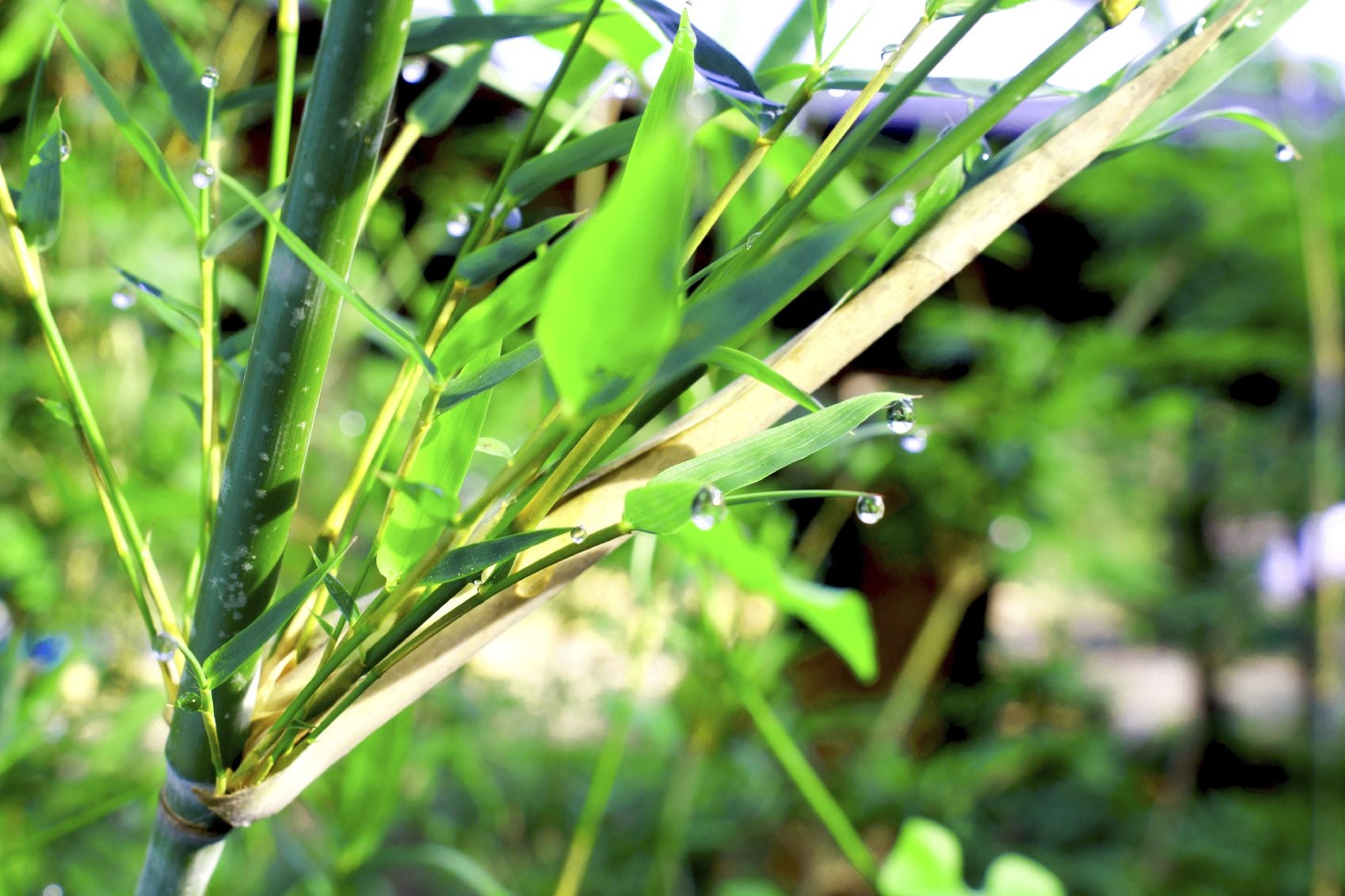 Yellowing Bamboo Leaves: Help For Yellow Bamboo Leaves
Yellowing Bamboo Leaves: Help For Yellow Bamboo LeavesBamboo is a popular ornamental and edible plant. While these plants are generally hardy, when bamboo leaves are yellow, this could signal an issue. Click this article to learn more about why this happens and what can be done about it.
By Karen Boness